One of the last things you want as a homeowner is to realize that your bathroom sink piping needs to be replaced. Malfunctioning, damaged, or even outdated plumbing within your home can create a much bigger mess than you think – physically and financially. There are several key warning signs to look out for and address as quickly as possible before a relatively small issue escalates into a full-blown catastrophe.
Warning Signs of Faulty Bathroom Sink Plumbing
- Discolored water is a sign that your pipes may have corrosion within them, and the rust turns the water brown. Without an urgent resolution, mineral deposits can build pressure within your pipes that will eventually cause them to burst. Pay close attention to the appearance and even the taste of your water to determine if further investigation is needed.
- Lead pipes have been classified as highly toxic and prohibited by Congress since 1986. The Safe Drinking Water Act (SDWA) was amended to prohibit the use of any type of pipe, flux, or solder that was not “lead free” within any plumbing or public water system that provides water for human consumption. However, if you live in a home that was built before and not remodeled/renovated since the amendment was enforced, you may still have lead pipes within your home. If so, you should invest in an immediate replacement. Most modern plumbing systems consist of copper, brass, or PVC pipes.
Common Symptoms of Piping Issues
If a bathroom in your house becomes flooded and inclement weather is not a factor, that is an obvious sign that you may have at least one damaged pipe. However, there are other symptoms of damaged pipes that go undetected for quite some time – allowing the problem to worsen with time. Below is a list of a few common symptoms that you should be aware of and act on quickly to prevent that type of escalation:
- Decreased Pressure: A noticeable drop in water pressure from your bathroom faucets could just be a clog instead of damaged pipes. However, if you notice that removing the clog does not allow the water pressure to return to normal, then you may need to investigate further. An undetected leak, allowing the follow of water to escape, will reduce the water pressure.
- Smelly Odor: You may have a leaking or damaged sewage pipe if your home has a smelly odor that does not seem to originate from anywhere else. If it smells like rotten eggs, then it could be the hydrogen sulfide that is naturally created within sewage pipes making its way into your bathroom sink.
- Whistling Noises: Have you noticed that your bathroom sink pipes essentially whistle at you while water flows through them? This whistling sound is typically created by dents located somewhere within the pipe. The sound comes from the water being pushed through an abnormally narrowed opening. The whistling sound could also be accompanied by dripping sounds, which would indicate that there is a leak somewhere other than the bathroom.
- Water Damage on Ceilings or Walls: Pay close attention to any sign of water damage in your bathroom and the surrounding rooms. Whether it’s a leaky pipe or a complete burst, damage caused from running water can quickly escalate leading to repairs beyond just the bathroom sink plumbing.
- Soft Areas Throughout Your Yard: If water is unusually pooling in certain areas of your yard, then you may have a burst pipe or even a sewer leak. This type of issue could lead to structural damage as well – especially if it occurs near your sidewalk, porch, or driveway.
Analyzing the Deep Impact of Faulty Piping
The cost of property damage repair caused due to faulty plumbing is not the only noticeable financial impact that you could experience. There are other unexpected expenses many homeowners do not know to consider.
For instance, according to Forbes, a simple leak from a bathroom fixture (i.e. toilet, sink, etc.) could cost an average of $275 to repair. If the damage is from a concealed area of your home or property, though, the cost can skyrocket quickly. Expect the repair costs for inaccessible area leaks, like underground or under slab piping, to be between $600-$4,000. By comparison, an accessible pipe leak would normally run you between $150-$400 to repair.
Another financial impact that you may experience is the drastic increase in your water bill. Water flowing unknowingly can swiftly cause steep monthly water bill prices. This type of unexpected increase is a major telltale sign of faulty plumbing., and unfortunately it is usually just the first of many other expenses to follow in these cases.
How to Turn Pipe Replacement into a DIY Project
With a little patience and a few tools, you can turn most bathroom sink piping repairs or replacements into a DIY project.
- Bathroom Sink Trap: The curved drainpipe underneath your sink (also referred to as a “P-trap” or “sink trap”) can easily be replaced. If you already have a PVC trap, please replace it with another PVC trap. Remove the old pipe and then you can attach the replacement tailpiece. Attach a PVC trap arm and connect a trap bend to it. The replacement should be complete now but test it first before you celebrate.
- Leaky PVC Pipe Repair: If you have a leaky pipe, you can simply use PVC repair epoxy to patch the leak before it worsens. Epoxy can be found at almost any hardware or auto parts store, and it usually involves a quick mixture of two separate containers. Once the leak in the bathroom sink pipe has been discovered and the epoxy is ready, make sure to cover the damaged area thoroughly. Allow the epoxy to set before turning the water on. This may not be a permanent fix, but it can be more cost-effective.
If you would need assistance or feel as if the magnitude of the project exceeds your expertise, there is nothing wrong with investing in professional services. It may seem as if you are saving money by treating it as a DIY project. However, if the problem worsens while trying to “fix it yourself,” then you may end up paying more in the long run instead of saving anything.
Upgrade to PVC Piping
There are several key benefits to PVC piping (browse products) that allow this option to stand out in the plumbing industry today. For instance, PVC is resistant to corrosion and has been proven to offer the lowest pipe break rate in comparison to ductile iron, cast iron, steel, or even concrete pipes. This piping type also has high resistance to disinfectant chemicals and chemical reagents – making it a top choice for bathroom drainpipe replacements. According to the European Plastic Pipes & Fittings Association (TEPPFA), PVC pipe installation takes up to 30% less time than other materials.
Be Proactive, not Reactive
Faulty bathroom sink piping should not be ignored. If you see, hear, or taste anything unordinary, it is best to start troubleshooting before it is too late. Procrastinating to replace your water supply line, p-trap, or repair leaky pipes will lead to detrimental damage. Upgrading your old or outdated bathroom sink plumbing to PVC piping can save you both time and money. Any DIYers out there should not be afraid to try this yourselves. Just make sure to turn off the water and bring the right tools for the job!
Author Bio:
Mark Ligon is the Marketing Manager at PVCFittingsOnline.com, a leading supplier of piping, fittings, valves, plumbing supply, and more. Mark writes on various PVC, CPVC & metal related topics and enjoys using his knowledge of PVC to build all kinds of DIY projects. For more information, visit our website at https://www.pvcfittingsonline.com

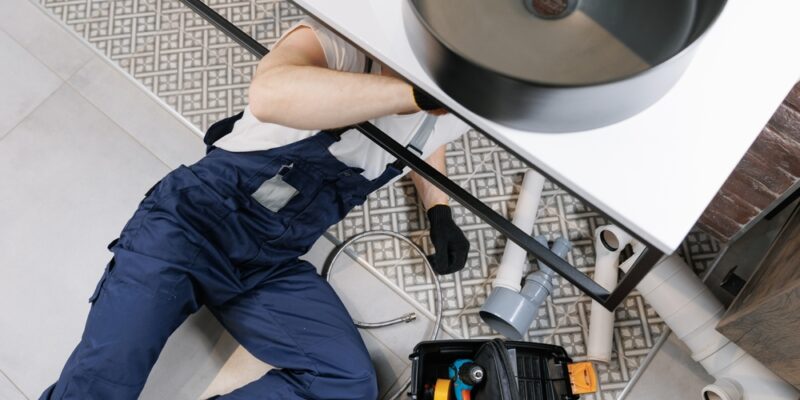

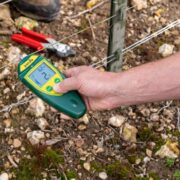
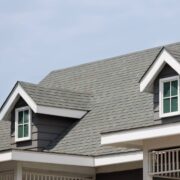

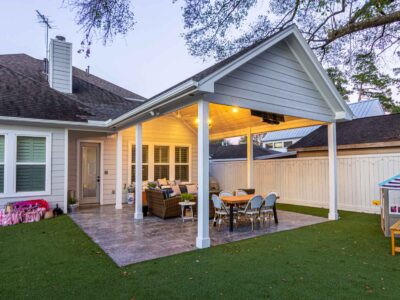
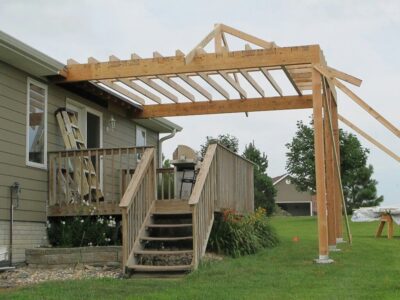
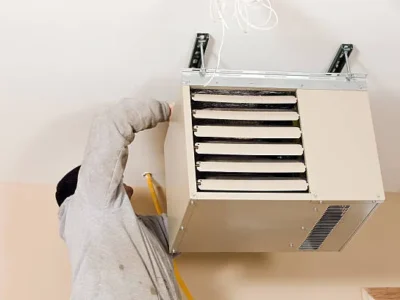
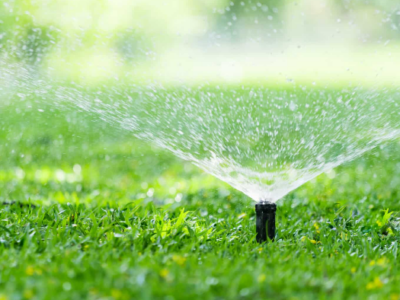
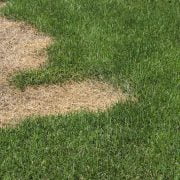
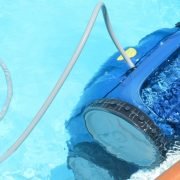
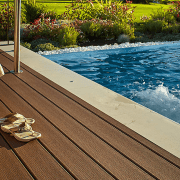

Comments